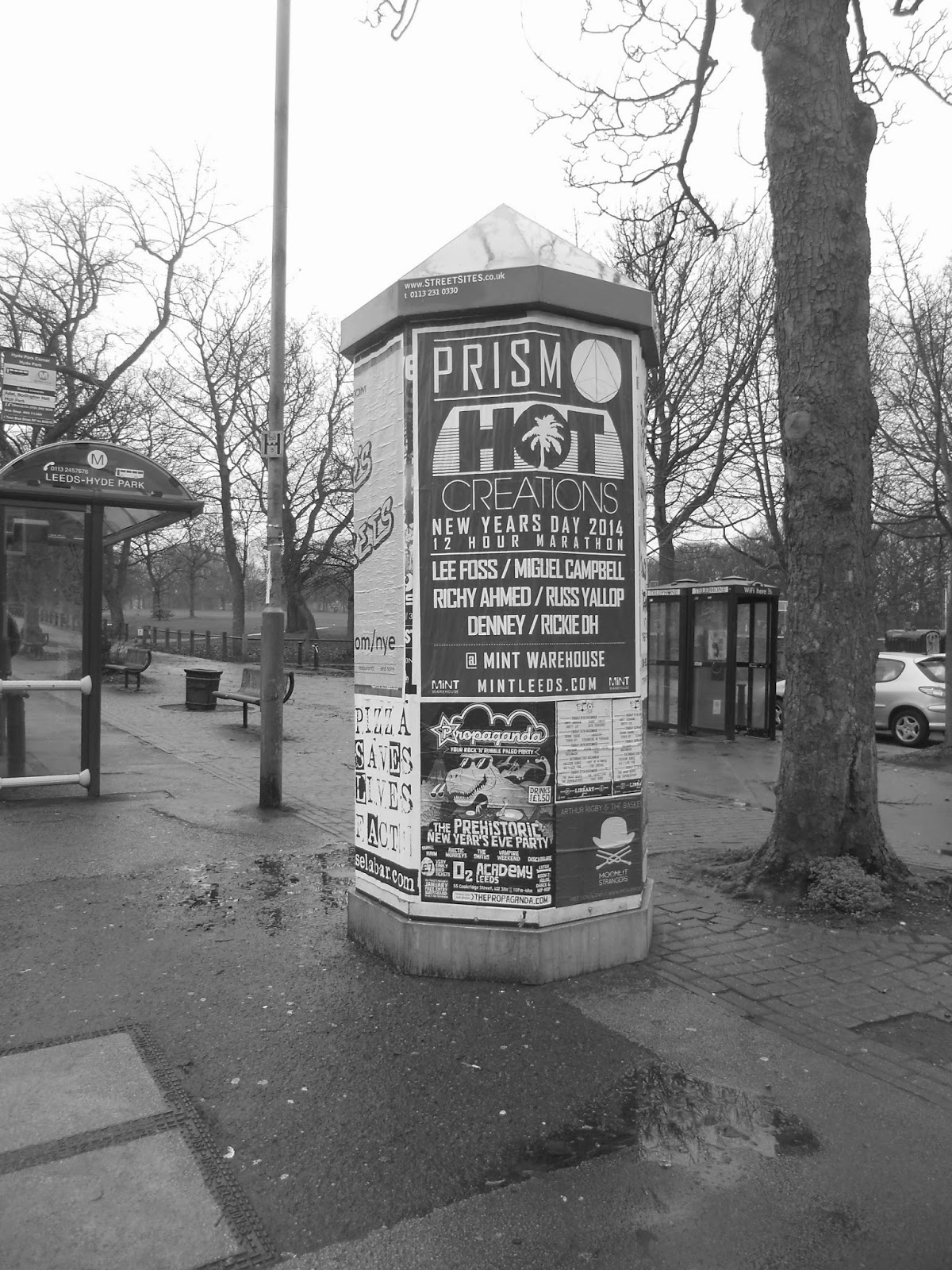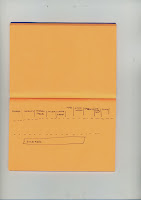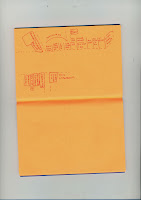There were many more photographs but i feel that these work best to help portray elements of advertising, quantity and location of all the images. These photographs will help me to gain an insight into the target audience of the consumer area, which is of heavy influence of student populations.
Making the Booklet:
A research booklet highlighting these image within the map i believe is key to my work. It will highlight the consumer route clearly and truthfully and the images will link to aspects of the map i have created.
I decided to add the relevant section of the map onto the image. I have placed it so it looks like the map is 'coming out' of sections of the photography. This was to symbolise the relevance of the image and selected section of the map.
Using relevant aspects from the map i have created to co-enside with the photography used:
The documentation of the design method that allowed me to work with the images and map in stages. I feel that this book is useful in terms of my overall practical work as it adds to my documentation and visualises my primary research.

























































